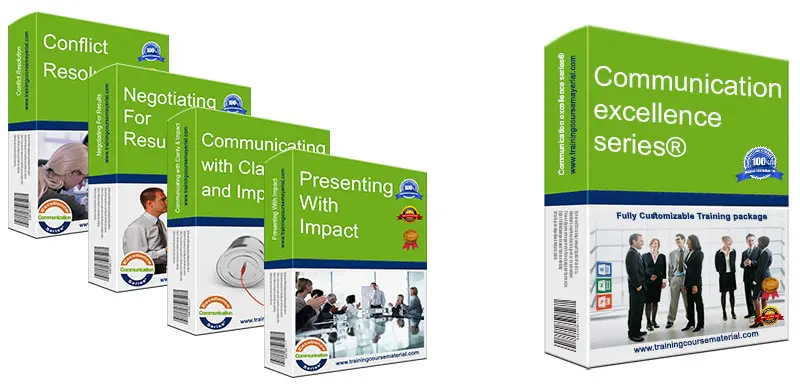To Communicate assertively means having your own views. Since others will also have their views, this means that occasionally there will be disagreements. Following a simple step-by-step process will help you put your case without getting emotional, losing your integrity or losing your respect for the other person.
The Process
1. Affirmative Statement
2. Softening Statement
3. Indicate Process
4. State Reasons
5. Disagree
6. Offer a compromise
2. The Softening Statement
● ‘As an engineer I can understand why you take such a position’
● ‘As someone much older than myself, with different values, I can understand where you come from’
● ‘As a man working in a traditional male environment and culture I can understand why you said that’
● ‘As a manager whose prime responsibility is for output I can understand your position makes a great deal of sense’
● ‘If I may, I would like to say something about that ...’
● ‘Let me give you my reasons’
● ‘Can I tell you how I have arrived at my viewpoint ...?’
● ‘Let me outline briefly my position and the reasons for it ...’
If there is going to be any sensible discussion, the other person has to let you put your case. If they are not prepared to listen then you are wasting your time anyway, and it would be better to terminate the discussion immediately.
4. State Reasons
Here you simply give the reasons or justification for your position. This can either be done in a straightforward way, or you can give a balanced view of pros and cons, explaining why you have come down on the side that you have.
5. Do not apologise or use tentative language here.
Use the strongest language that you can, remembering to accompany what you have said with appropriate body language. Here are some examples:
● ‘So I cannot agree with you’
● ‘So I must disagree’
● ‘So I think you are mistaken’
The two letters of the adverb ‘so’ are exceptionally powerful because they make your conclusions ‘so’ logical and natural.
6. Compromise
This is optional, but helpful if there is little or no cost to you. However, your compromise should always be conditional on your getting what you want.
For more on conflict resolution, check out our Conflict Resolution instant download training package.






















































